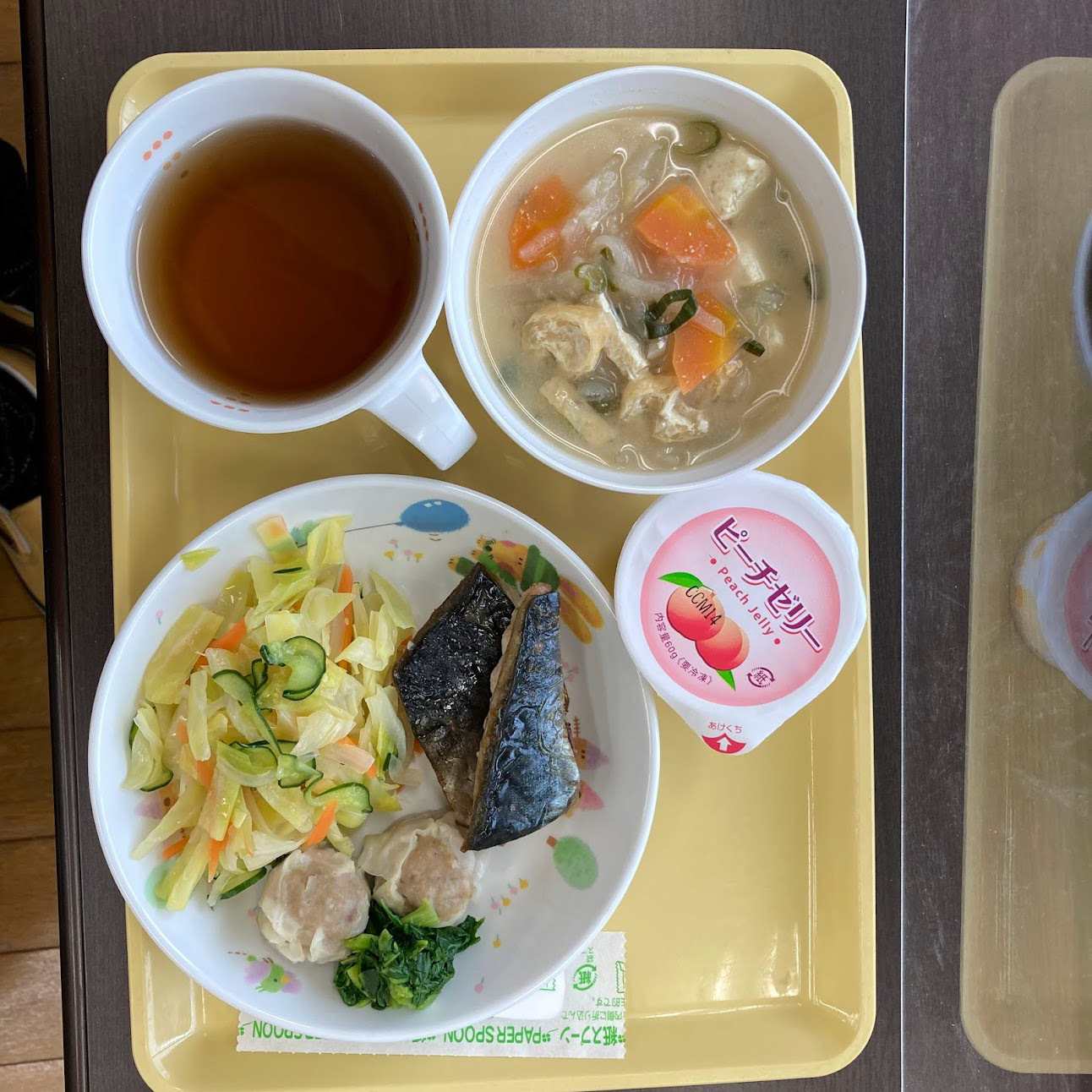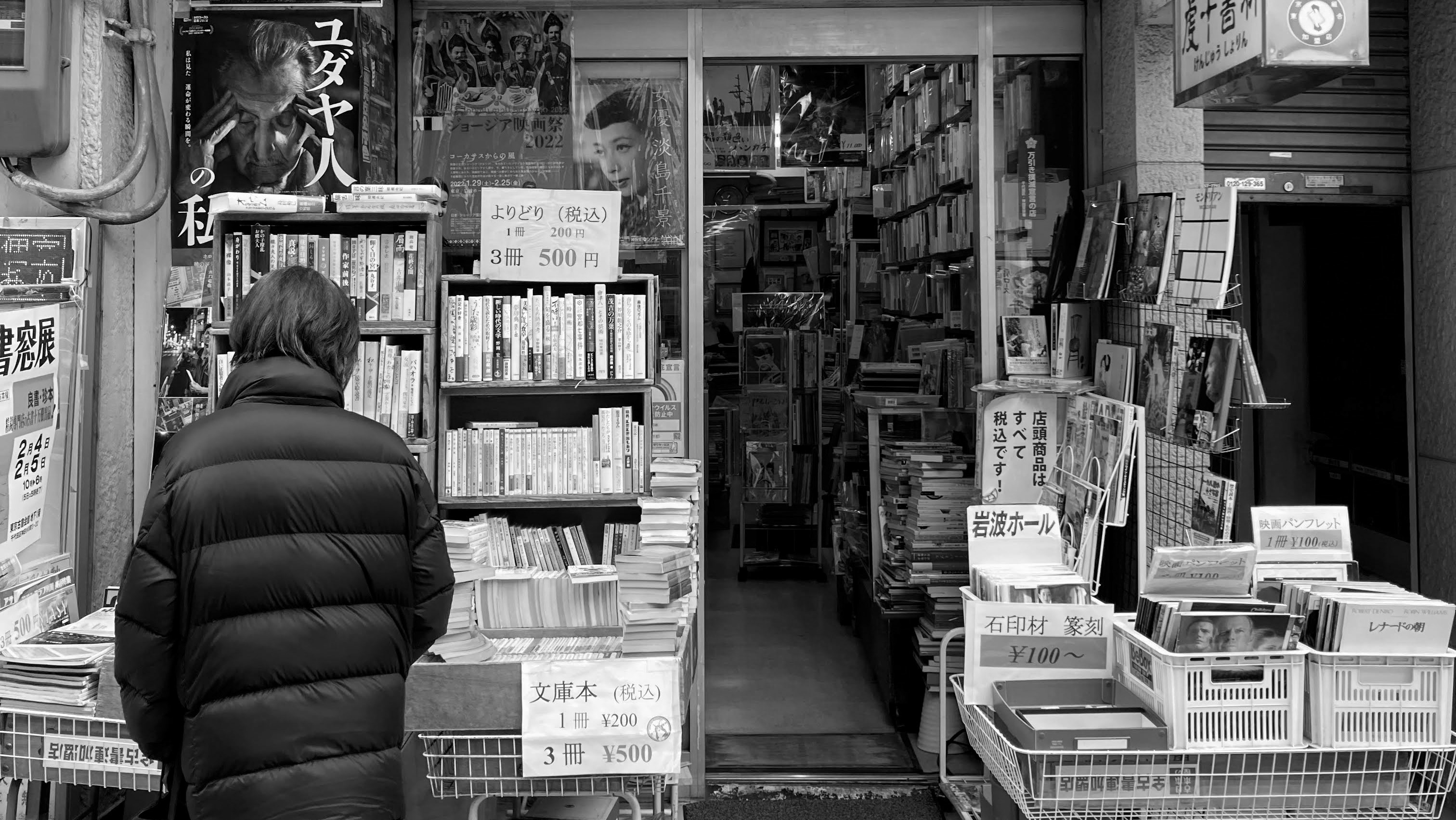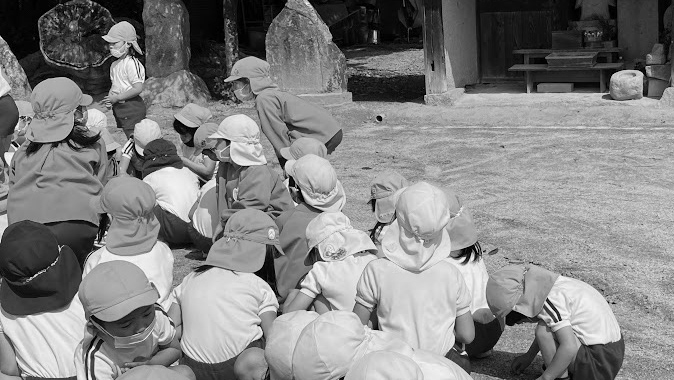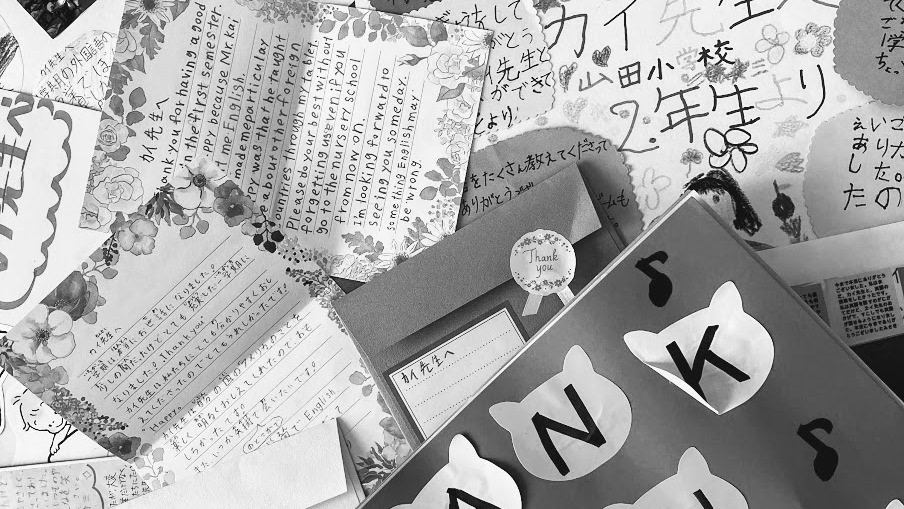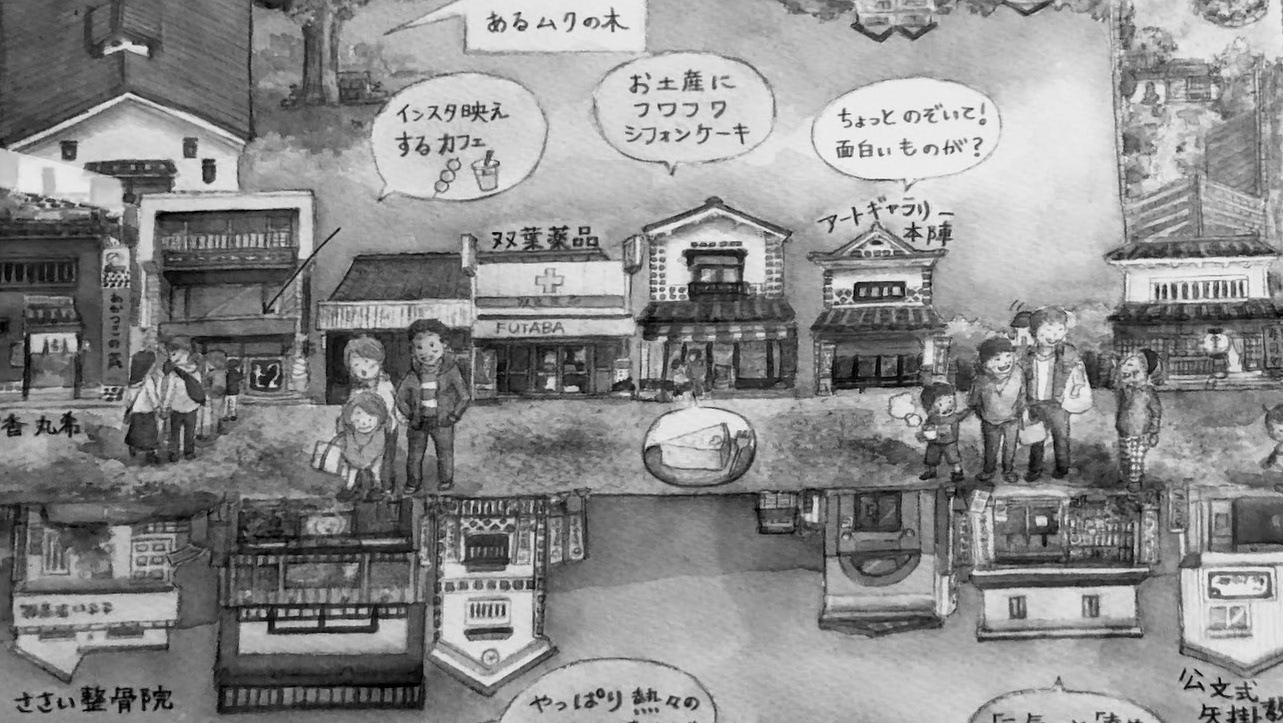4.15.22
Are we surprised yet another update is on food? Today I bring to you kyuushoku 給食: culinary creations in the classroom. AKA school lunch. AAKA supREME school lunch.
As an ALT, my days are spent entirely at my elementary schools (previously at my hoikuens) which means revisiting the school lunch scene. Except, my time consuming Yakage’s school lunches is otherworldly compared to my cafeteria experience in PA: a plastic tray with a cardboard pizza square, some half-thawed greenbeans, and strawberry milk easily confused with peptobismol. I know I shouldn’t be that harsh towards US school cuisines (though seriously, if you read up on the way US capitalism completely commercialized and derailed school lunch standards, my jabs at public school dining is well deserved.) And I fondly recall the autonomy in selecting our entrees, splurging on a light slushee snack, then handing adult-money to an adult-register that definitely brought joy to a 6 year old Kai. But man. Japan’s school lunch–not just the food, but the whole culture around it–is nothing short of incredible. So, let me explain.
Kyushoku is not just a midday-meal, but it is essentially another subject/class in a school day. Everyone in the building eats the same thing and at the same time–this is when flocks of kids dressed in white full-body aprons and caps stream to the lunch distribution room so they can pick up their class’ meals for the day. Instead of having a designated cafeteria, students eat in their classrooms with their classmates and teachers. Thus, kids are trained to pick-up, set-up, serve each other, eat, then clean-up (both the meal and themselves) from the first day of first grade. It’s pretty wild witnessing such smooth and independent 6 yr olds put together their food assembly line in the front of class then portion out soup, rice, and a side dish without spilling a drop.
After all the serving students (this is based on weekly class rotations) doff their kyushokugi (the aprons/caps fit) everyone claps, bows, declares “itadakimasu” (translates to “I will receive it”) and eats for 30 minutes which is then concluded with a uniform “gochisousamadeshita” (thank you for the meal.) Lunch is over when students finish cleaning all the plates/trays for the servers to return to the distribution room, reset the classroom, put away the handkerchief placemats/chopsticks from home, and brush their teeth before they can go outside to play.
And I haven’t even gotten to the meals themselves! Lunches are planned very deliberately in terms of carbohydrate, protein, vegetable, and fat distribution and variation. The nutritionists make sure each lunch is a well-balanced meal with very local goods…and when I say very, I mean to the point where it’s broccoli the students have grown, harvested, then walked over to the cooks for them to prepare that day’s veggie side dish. If there is a dessert, it’s most often fruit or a small jelly; though on special days (i.e. graduation, entrance ceremony, 6th grade appreciation day, etc.) the schools may get a cake slice or pudding. Preschools are definitely more spoiled than elementary in that food is fully handmade at the schools AND they provide a 3PM snack to everyone which have included full pudding parfaits, locally made strawberry daifukus, handmade cookies, and fruit jelly sandwiches. However, the elementary school meals are still delicious, leaving me nothing to complain about! Plus, there is a daily announcement during lunch that explains the nutritional value, the names and sources of ingredients, as well as the reasoning/traditions/history/seasonal relation that each dish in the meal carries. So yes, my brain’s “Food for Thought Library” has exponentially grown thanks to experiencing Japan’s A+++ school lunch culture.
P.S. Funny anecdote that may convey just how seriously school lunch is taken here. Not only is teamwork practiced via serving the food to each other, but also by making lunch a very collective event. As mentioned, everyone, from the principal to the students to the visiting teachers (like myself) to the facilities members get the same exact food, and everyone is expected to finish everything so plates are completely clean. Like if there is a grain of rice left, the teacher will come over and ask you to eat it before putting the dish away.
Well, I tried to ask my supervisor if the mandatory milk bottle could be omitted from my lunches because I am quite lactose intolerant…having to finish a whole container of whole milk would fare for a very unfortunate day for both my stomach and whoever is around me. However, I was called to a meeting at another building and sat down to be told “kyuushoku is an essential part of the educational curriculum and system, so we cannot allow food differences/exceptions for even teachers. Students are asked to get past their likes/dislikes and since this isn’t an officially diagnosed food allergy, we expect you to model this as well. Thus, we’re sorry but please understand you must still have milk with your lunches.” Eventually I was allowed to just take it home as opposed to drink it at school...which means I need to find a milk lover who will happily take in my cumulating carton collection.

ramen, strawberries, and veggie side
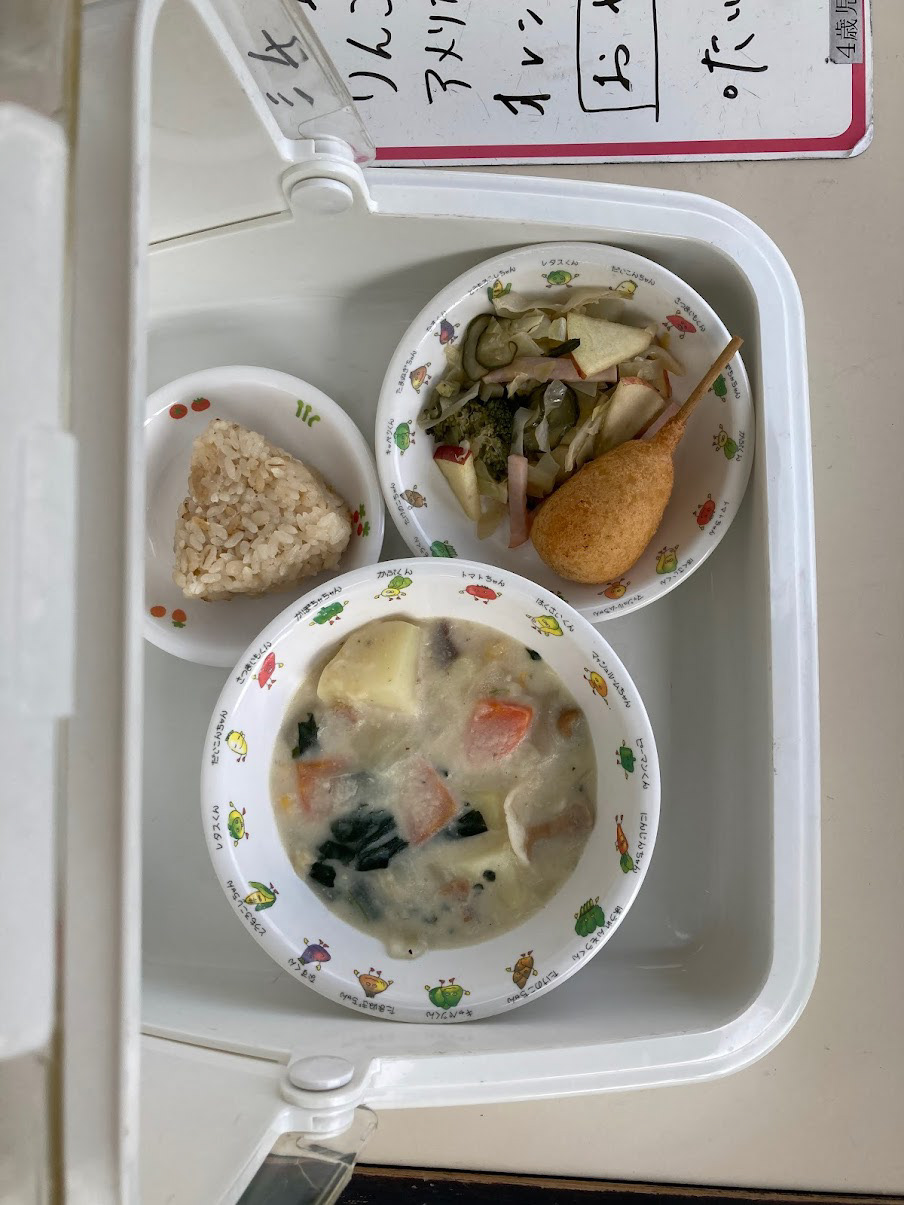
cream stew, corn dog, cucumber potato salad with a onigiri snack
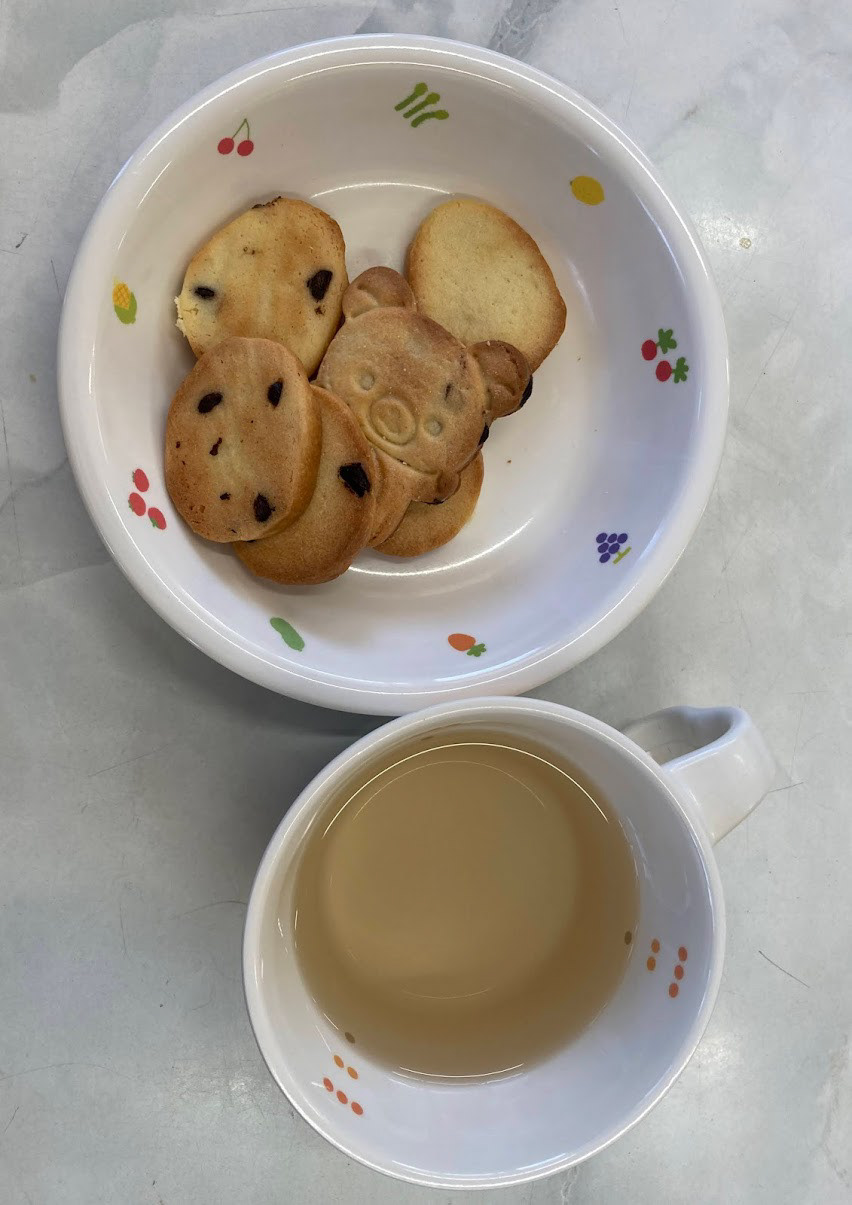
snack was handmade cookies!
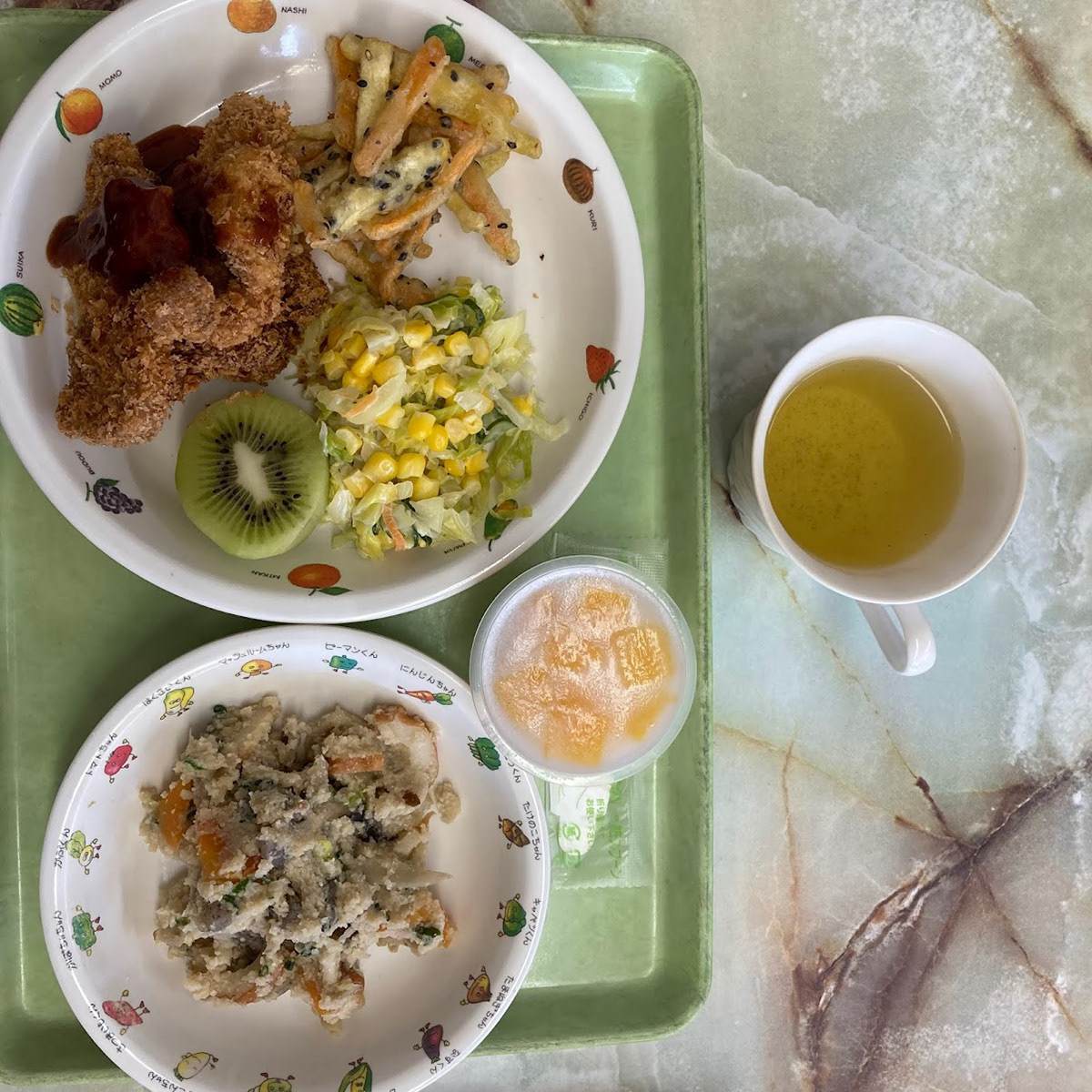
tonkatsu, sweet potato and black sesame fries, corn salad, kiwi fruit, special tofu side

grilled mackerel, grilled salmon, pickeled daikon and carrots, strawberries, miso soup
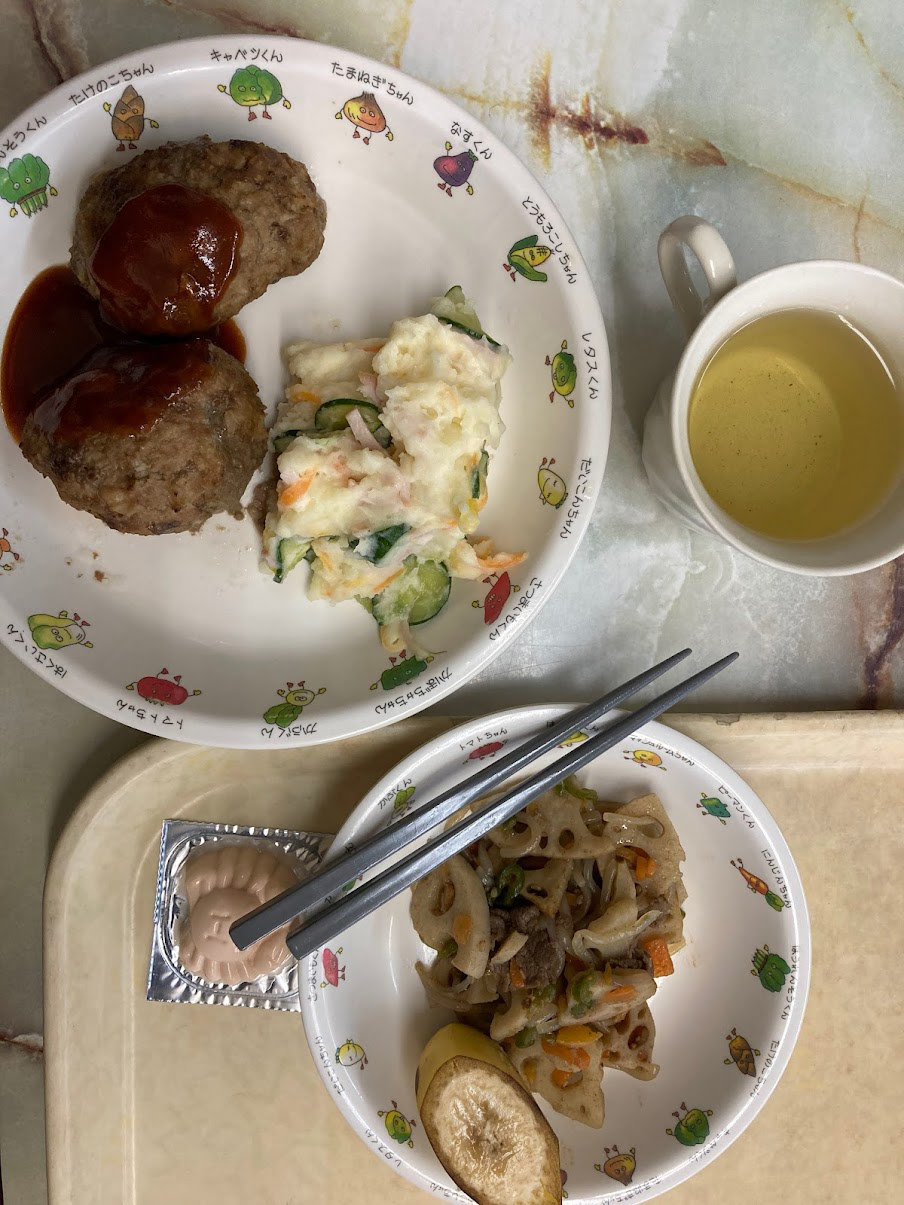
Japanese hamburger, cucumber potato salad, fruits

snack was jam sandwiches!

tonkatsu, pickeled cabbage and carrot salad, another side, apple

tomato beef stew, carrot cucumber salad
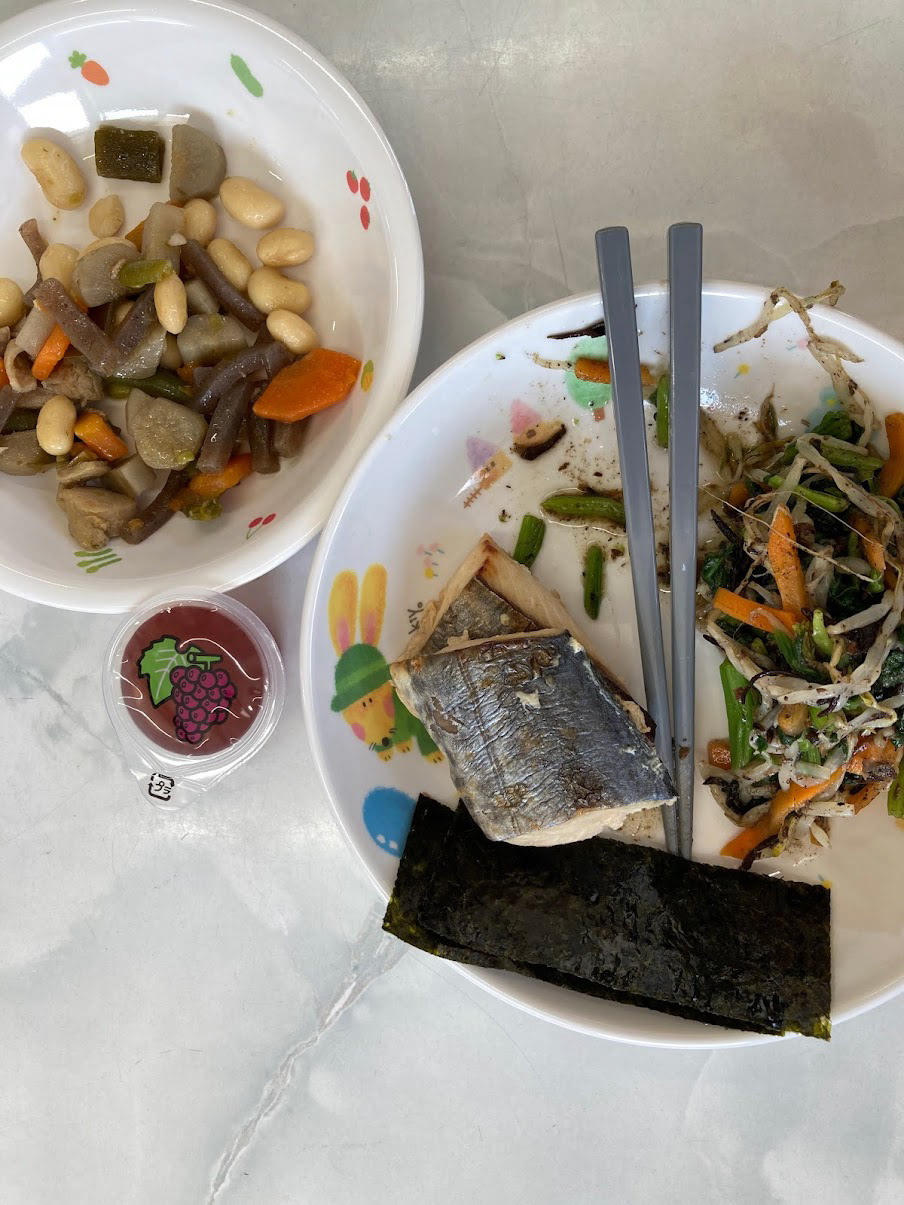
soy bean/cognac/burdock side, grilled fish, green onion carrot bean sprout side

snack was this HUGE meat bun!
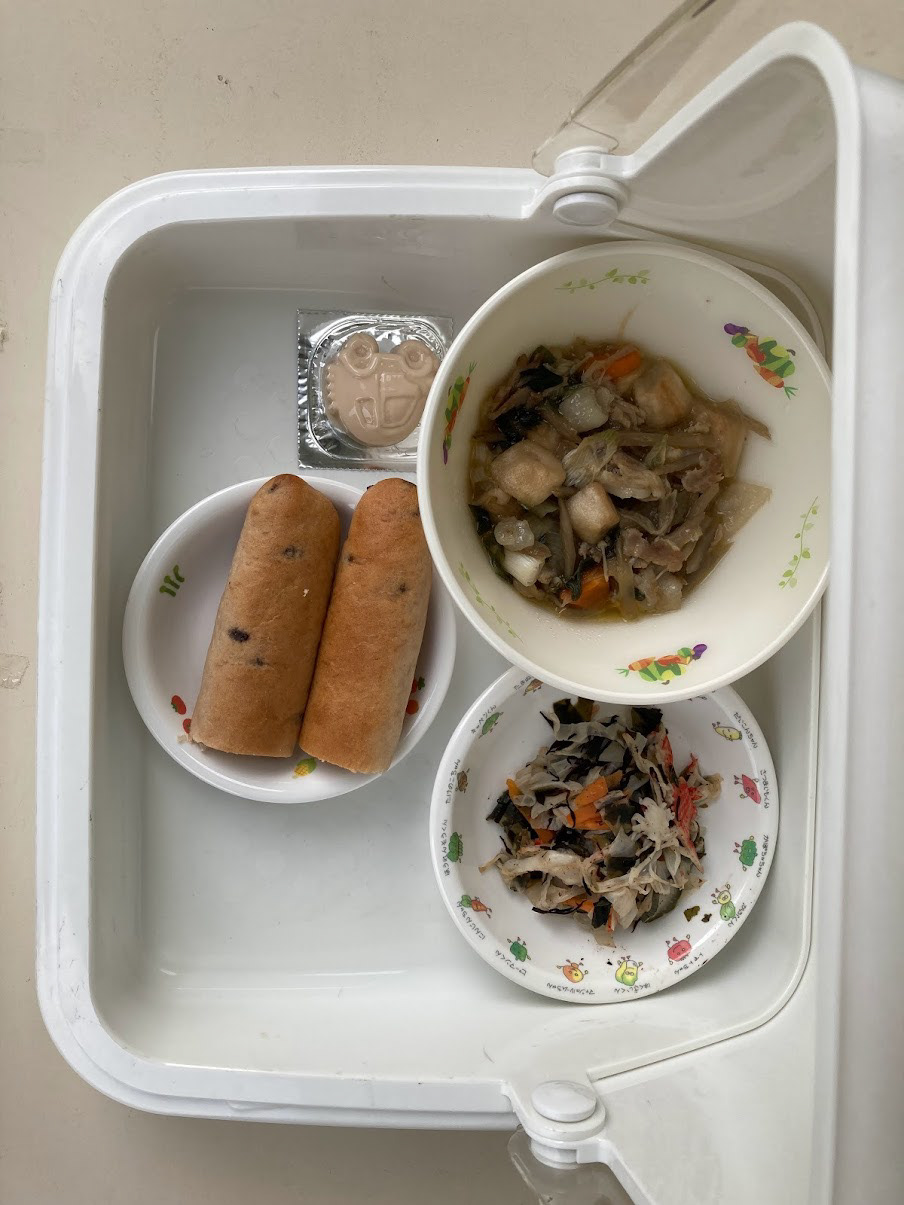
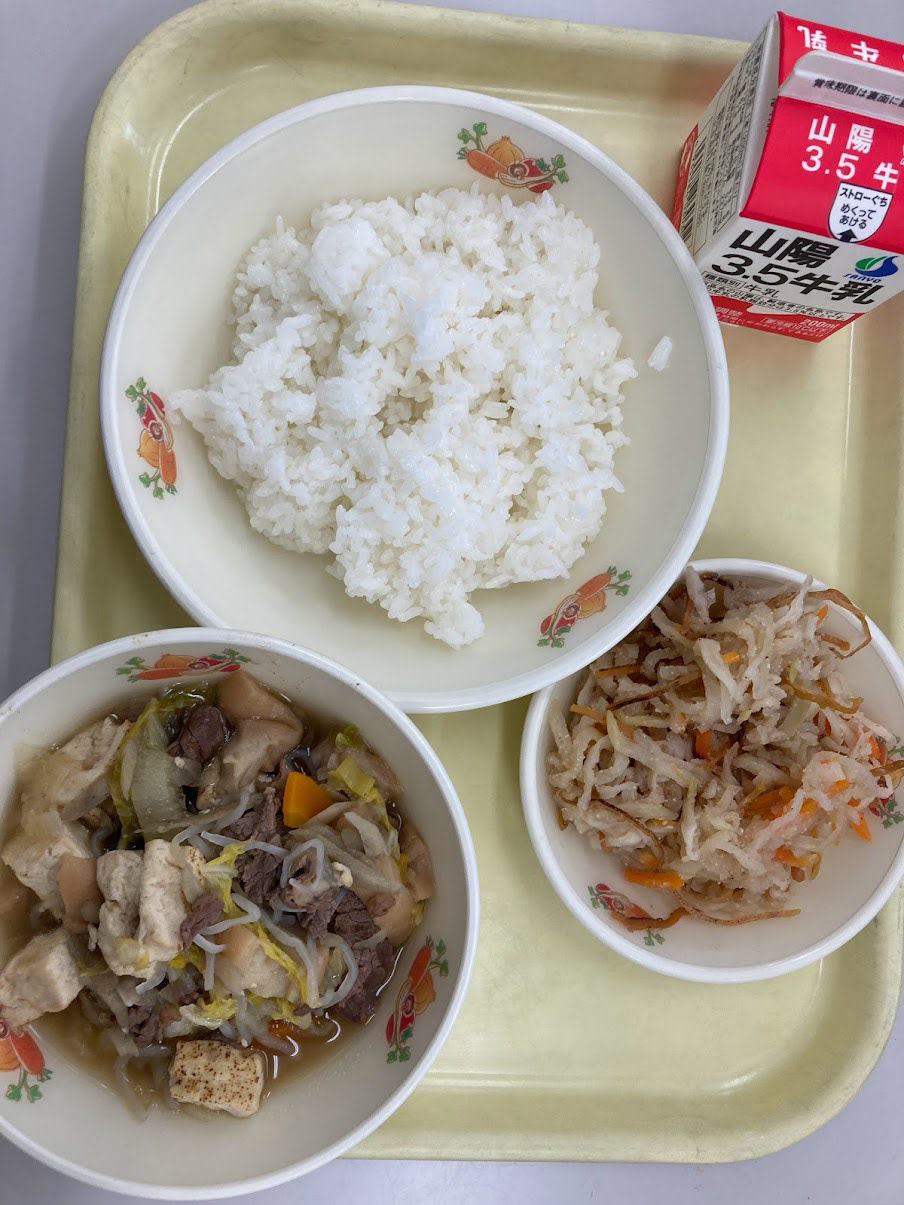
gyu-don, Japanese veggie pickle side
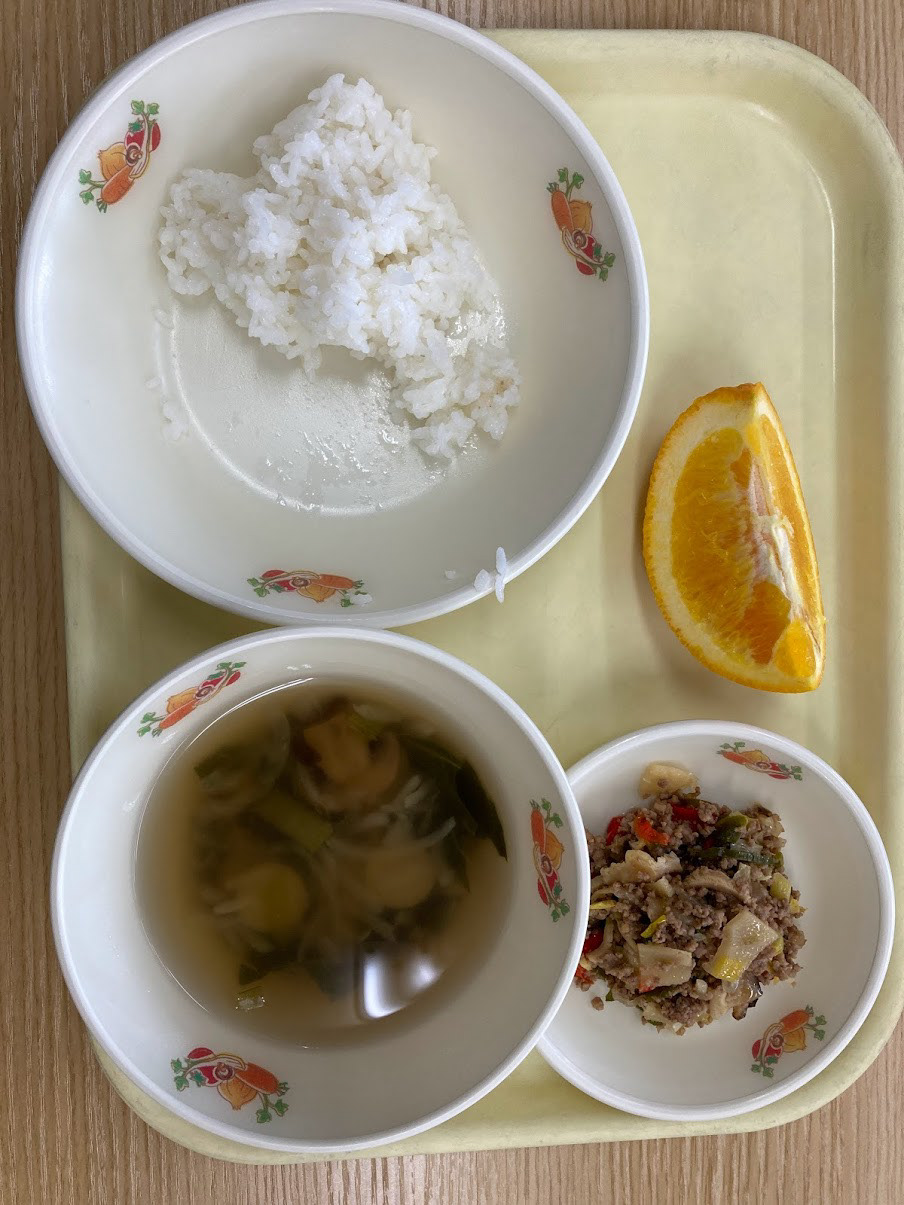
tonjiru (special meat miso soup), orange, town special pickle side

bread, tomato soup, egg omelette, cucumber salad

beef udon, daikon side
